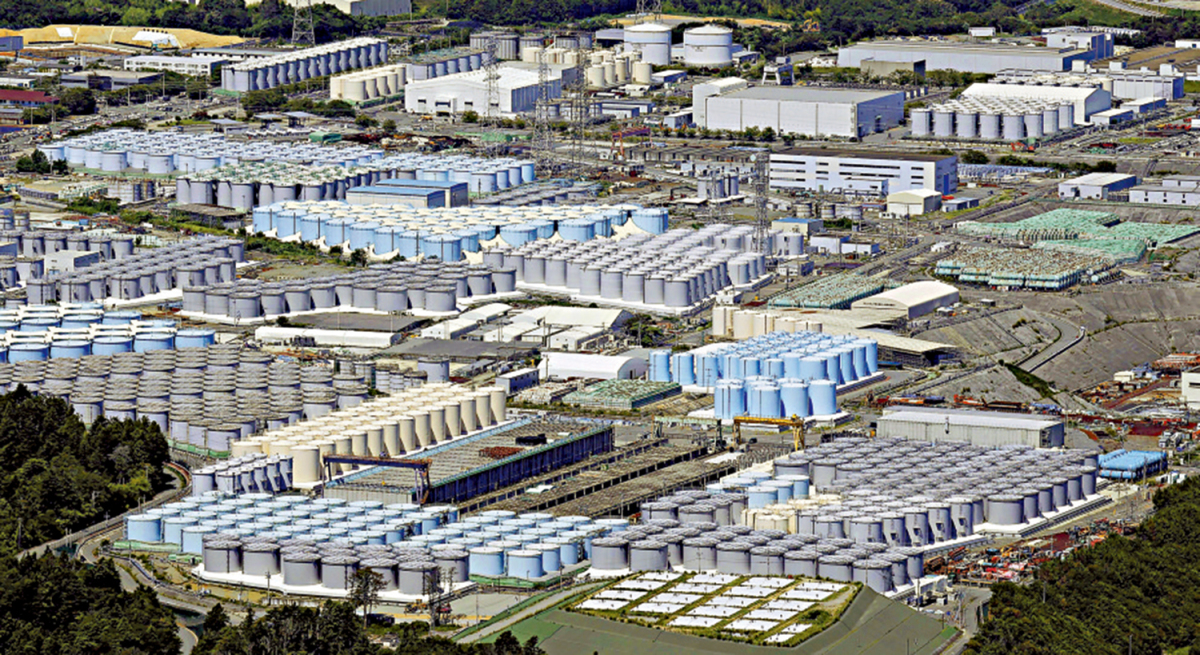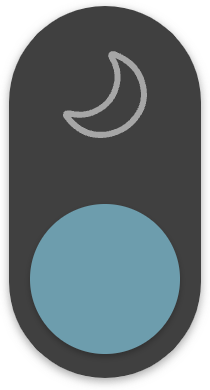
The seventh round of nuclear-contaminated wastewater releases from the wrecked Fukushima Daiichi Nuclear Power Plant into the Pacific Ocean began on Friday in Japan.
Despite opposition among local fishermen, and residents as well as backlash from the international community, Tokyo Electric Power Company (TEPCO), the plant's operator, started releasing the radioactive wastewater in the morning, the third round in fiscal 2024.
The same as the previous rounds, about 7,800 tons of wastewater will be discharged from about a kilometer off the coast of Fukushima Prefecture via an underwater tunnel until July 16.
According to TEPCO, the company will begin dismantling the empty storage tanks after the wastewater has been discharged around January next year.
There are approximately 1,000 storage tanks at the Fukushima plant because of its continued production of wastewater. TEPCO's plan is to dismantle 21 of these tanks over a period of about one year starting next January, which will free up space of about 2,400 square meters.
Hit by a 9.0-magnitude earthquake and an ensuing tsunami on March 11, 2011, the Fukushima nuclear plant suffered core meltdowns that released radiation, resulting in a level-7 nuclear accident, the highest on the International Nuclear and Radiological Event Scale.
The plant has been generating a massive amount of water tainted with radioactive substances from cooling down the nuclear fuel in the reactor buildings. The contaminated water is now being stored in tanks at the nuclear plant.
Despite furious opposition both at home and abroad, the ocean discharge of the Fukushima nuclear-contaminated water began in August 2023.
In fiscal 2024, TEPCO plans to discharge a total of 54,600 tons of contaminated water in seven rounds, which contains approximately 14 trillion becquerels of tritium.




















Comment